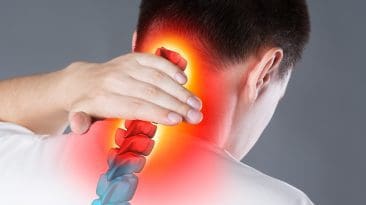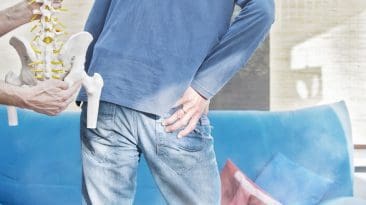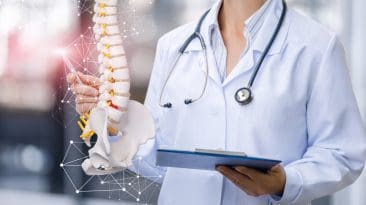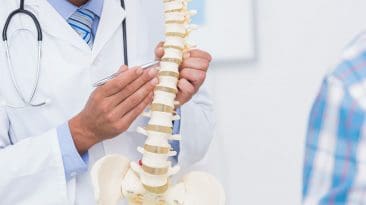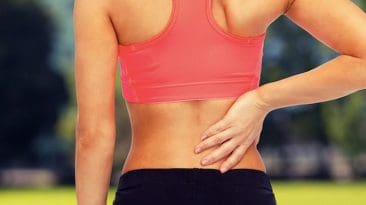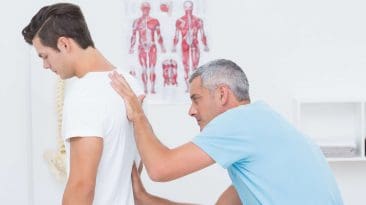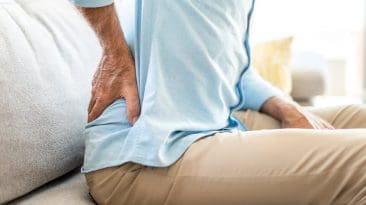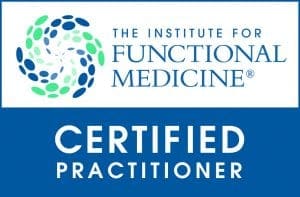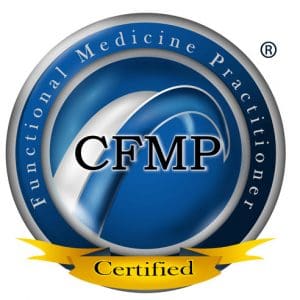Introduction Everybody all over the world suffers from some headache. It can come in various forms, and the pain can range from a dull ache that can...
Category - Spinal Decompression Insights
Spinal Decompression Insights: Dr. Alex Jmenez, Chiropractor Discusses: Spinal Decompression Therapies, Protocols, Rehabilitation, and Advance Treatments Care Plans
At our offices, we offer conservative care for degenerative spinal conditions, including several treatment modalities. Thus, the traction distinguishes as it can elicit the body’s protective proprioceptive response to distraction, reducing intradiscal pressure and minimizing symptoms secondary to disc herniation and axial pain.
Our integrative treatments aim to determine the clinical effects of a short treatment course of motorized axial spinal decompression for patients with pain and physical impairment caused by either lumbar or cervical degenerative disc pathology with no immediate surgical indication.
Conservative care for mid to long-term degenerative spinal conditions with axial and irradiated pain generally includes pharmacological treatment, physical rehabilitation, or injections. Mechanical traction is an old treatment modality, which has been decreased in use facing other modern technologies or utilized in combination with other treatment modalities, such as manual therapy, exercises, heat, or electrotherapy. We, too, offer advanced spinal treatment workshops and boot camps to help educate patients on the dynamics of spinal hygiene.
Our patients get treated for chronic radicular axial spinal pain. This is a referred pain in the spinal axial skeleton and is considered a syndrome with both nociceptive and neuropathic pain components. Patients report improvement in symptoms with a reduction of the axial load in the spine.
Previous studies have shown a decrease of pressure in the intervertebral disc after traction, unloading of the spinal structure, and alleviating the inflammatory reaction of the nerve roots. Here, we present our patients’ literature and scientific background information to make educated decisions about the advanced spinal decompression protocols.
If you’re looking for a non-surgical solution for your persistent back or leg pain, you may want to try spinal decompression therapy. Unlike invasive or laparoscopic surgeries, spinal decompression does not require the patient to go under the knife. Instead, the patient’s spine is stretched to relieve back and leg pain. The goal of spinal decompression is to create an ideal healing environment for the affected areas.
This treatment is typically used for:
Bulging discs
Degenerating discs
Herniated discs
Call us today to schedule your first appointment! Our team in El Paso is happy to help.
Introduction Do you ever get that stiff feeling just by turning your head, or do your shoulders start to feel tense after a stressful day at work...
Introduction The body can bend, twist, turn, and move without pain, while the spine allows the body to be held upright. When the body gets injured...
Introduction The body utilizes the spine to make sure that everything is moving, bending, twisting, and turning without feeling any pain from the...
Introduction Inside the body, the spine allows it to move around and do all sorts of things without pain. The spine is protected by ligaments, soft...
Introduction The back is part of the musculoskeletal system, held by the spine to keep the body upright. The spine allows the body and the back to...
Introduction The spine makes sure that the body is staying upright while making sure that it stands, twists, bends, and turns without feeling any...
Introduction The body is home to the spine, where it is allowed to move, twist, bend, and run around without being in pain. When a person suffers...








